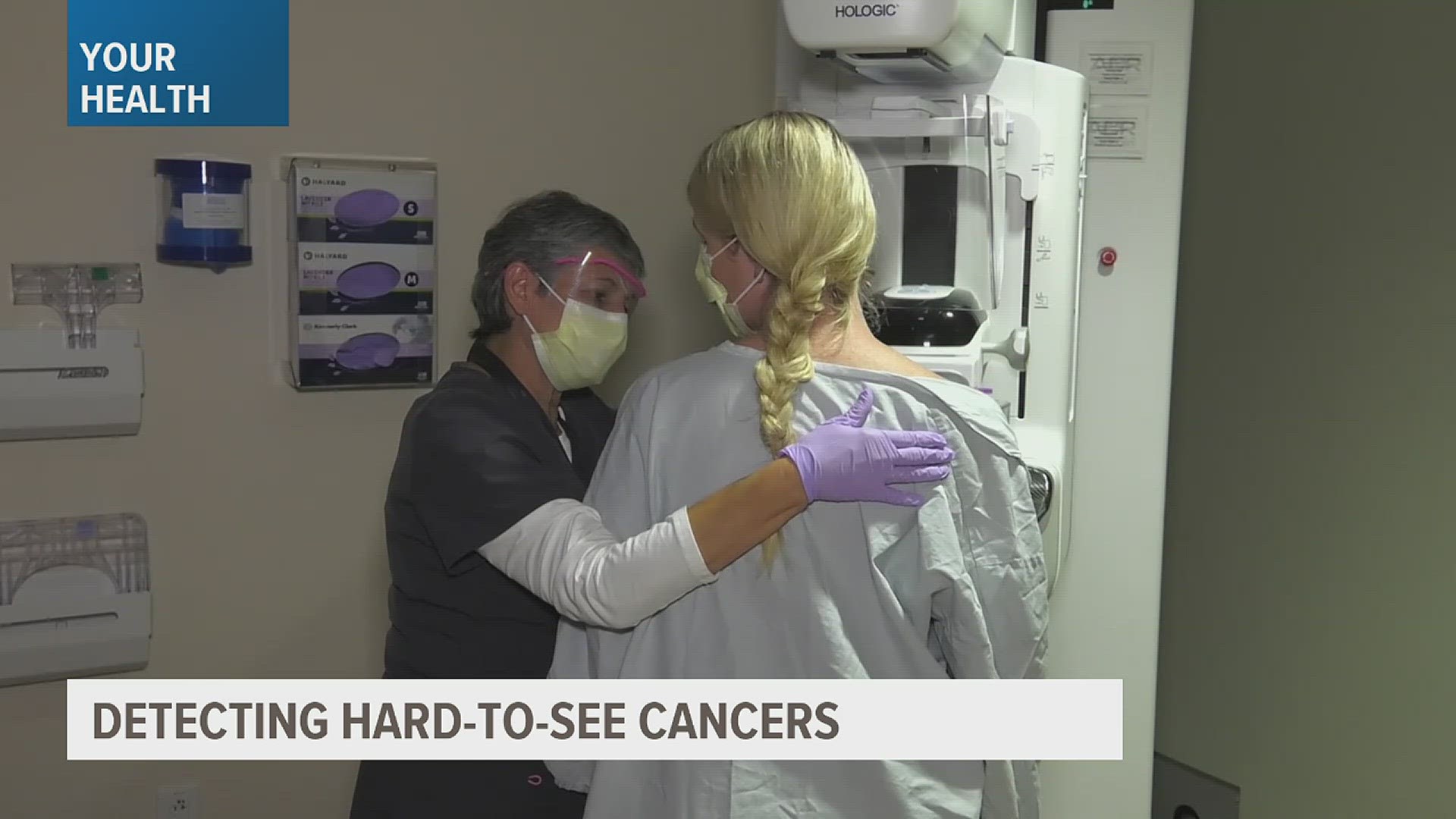SALT LAKE CITY — In the past 30 years, the death rate from breast cancer has decreased by 43 percent. Mammography has long been the standard screening tool, followed by digital mammography and 3D mammography. But mammograms may not always be the most effective tool for women with dense breast tissue. Now, an affordable abbreviated breast MRI may be the answer to catching cancer in these women earlier than ever before.
Tessa Gauzy’s story is an all too common one. She had no family history of breast cancer, yet she was diagnosed with stage one B invasive ductal carcinoma.
But less than 10 percent of breast cancers are hereditary. That’s why a yearly mammogram is vital to catch cancers before it’s too late.
“Our goal is to detect cancers when they are small, at their earliest, most treatable stage,” Intermountain Health Radiologist Brett Parkinson, MD emphasizes said.
But the denser a woman’s breast, the harder it is to detect tumors early.
Dr. Parkinson explained, “Mammography picks up about four cancers per 1,000 women. MRI, on the other hand, can pick up anywhere from 12 to 16 early breast cancers.”
But a full breast MRI is expensive and time-consuming, and currently used now for only the most at-risk patients.
“This is why abbreviated MRI will revolutionize what we do,” Dr. Parkinson added.
Abbreviated breast MRI uses the same MRI machines, but the difference is, the time inside the MRI is just 10 minutes, it costs less, there are fewer sequences so, less time is spent reading the reports, it’s just as sensitive as full breast MRI’s, and it can pick up hard-to-see tumors that mammograms miss.
In dense tissue, mammography sensitivity goes down to less than 50 percent. Abbreviated MRI allows doctors to see the extent of the cancer and its margins.
“I think that we're seeing the future unfold right before our eyes,” Dr. Parkinson exclaimed.
The average risk of a woman in the U.S. to develop breast cancer is one in eight. Dr. Parkinson says mammography is still the best and most efficient way to find early-stage tumors and women should get one every single year. Women whose breast cancer is caught at an early stage have a 93 percent or higher survival rate in the first five years.
Contributors to this news report include: Marsha Lewis, Producer; Roque Correa, Videographer & Editor.
Watch more news, weather and sports on News 8's YouTube channel

